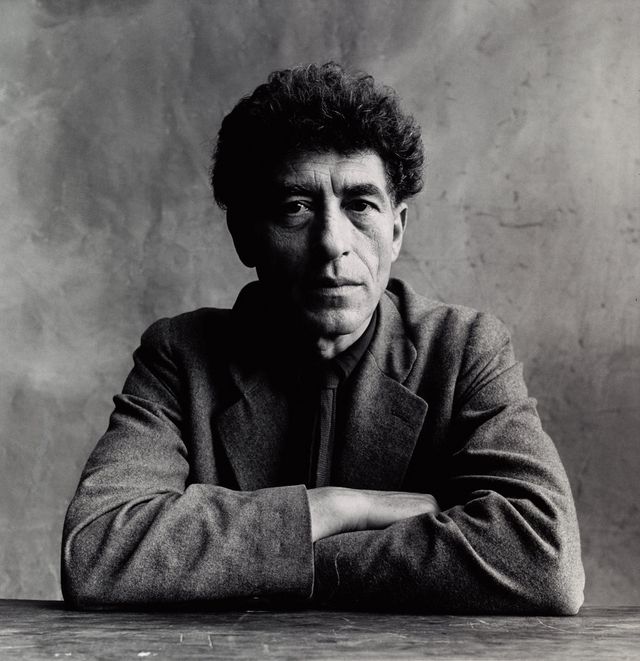Alberto Giacometti
Alberto Giacometti (1901–1966) is one of the leading artists of the 20th century. He created a seminal body of work, primarily as a sculptor but also as a painter and draughtsman. He was also a graphic artist and designer of decorative objects, and wrote extensively about art in a variety of formats.
Born in Borgonovo in the Swiss canton of Graubünden, he was encouraged from an early age by his father, the noted Post-Impressionist painter Giovanni Giacometti. Alberto remained attached to the region of his birth, the Bergell, throughout his life, but from 1922 onwards the focal point of his artistic activities shifted to Paris, where he trained as a sculptor. His unmistakeable avant-garde sculptures soon attracted attention, and from 1930 to 1934 he was a member of the Surrealist movement, which he strongly influenced with his novel objects. Thereafter he returned to studying the human figure, and began fashioning his distinctive tall and slender sculptures after the Second World War. In them, as in his paintings, he sought to convey his perception of the way human beings appear in space.
Given the ceaselessly changing nature of humanity, as Giacometti himself observed, any attempt to capture it through art is doomed to failure. Yet throughout his life he continued striving towards that goal, and left us with timeless and valid portrayals of the human condition.

